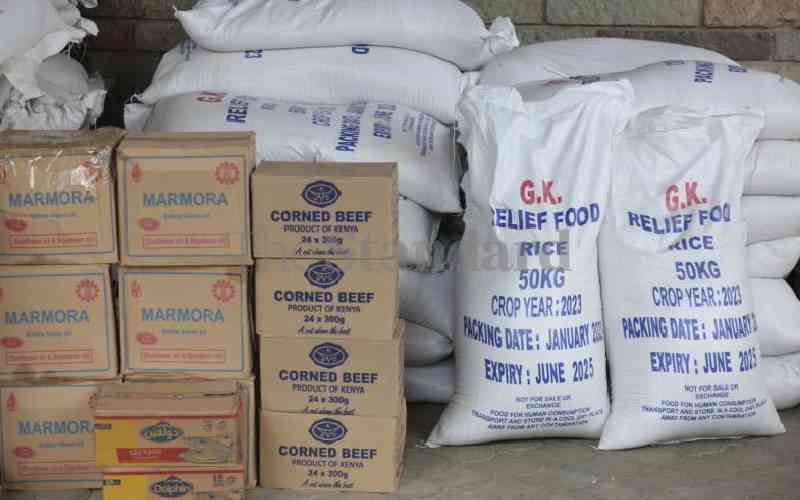Wajir County is one of Kenya’s expansive administrative regions with a population of about 700,000 people and an area of 55,840.6 kilometres square. Like most parts of Northern Kenya, it has borne the brunt of marginalisation since independence more than 50 years ago.
Apart from perennial clan wars that have cost lives, loss of property including animals the new administration is keen on turning around the economy of the County with targeted projects which bolster peace and self reliance.
In our budget, 58 per cent of the Sh5.2 billion received went into development projects, which will improve infrastructure, movement of goods and services to the people. The balance went to recurrent expenditure.
To boost food security Sh30 million was allocated for drip irrigation and seeds supplied to farmers in Wajir Town. Three tractors were also acquired to help mechanise farming.
We have worked hard to disabuse the notion that Wajir is not agriculturally productive by producing 34,000 tons of sorghum and maize annually.
We managed to train more than 640 community animal health workers and vaccinated more than 600,000 heads of cattle against common diseases. The county government also fitted 38 farms with small scale drip irrigation, completed the construction of export slaughter house, purchased eight tractors for ploughing and built five water harvesting structures in four sub-counties to collect 250,000 cubic metres of water.
This year alone, we have spent Sh100 million to supply foodstuff to 150,000 families across the county.
Hopes for bumper harvest were shuttered when the April-May rains failed and this affected thousands of livestock keepers and small scale farmers who often rely on rains for agriculture and pasture.
Wajir County budget for 2014-2015 that was read by County Executive Committee for Finance and Planning Salah Adan Abdi, targeted investments in infrastructure, especially roads and energy. The budget also set aside adequate funds for water, health and education as well as acquisition of modern agricultural equipment.
The county set aside Sh80 million for Hunger Safety Programme and Sh5 million for the disabled persons. To meet the information needs of the public Sh23 million has been allocated for the installation of fiber optic cables.
 The Standard Group Plc is a
multi-media organization with investments in media platforms spanning newspaper
print operations, television, radio broadcasting, digital and online services. The
Standard Group is recognized as a leading multi-media house in Kenya with a key
influence in matters of national and international interest.
The Standard Group Plc is a
multi-media organization with investments in media platforms spanning newspaper
print operations, television, radio broadcasting, digital and online services. The
Standard Group is recognized as a leading multi-media house in Kenya with a key
influence in matters of national and international interest.
 The Standard Group Plc is a
multi-media organization with investments in media platforms spanning newspaper
print operations, television, radio broadcasting, digital and online services. The
Standard Group is recognized as a leading multi-media house in Kenya with a key
influence in matters of national and international interest.
The Standard Group Plc is a
multi-media organization with investments in media platforms spanning newspaper
print operations, television, radio broadcasting, digital and online services. The
Standard Group is recognized as a leading multi-media house in Kenya with a key
influence in matters of national and international interest.









